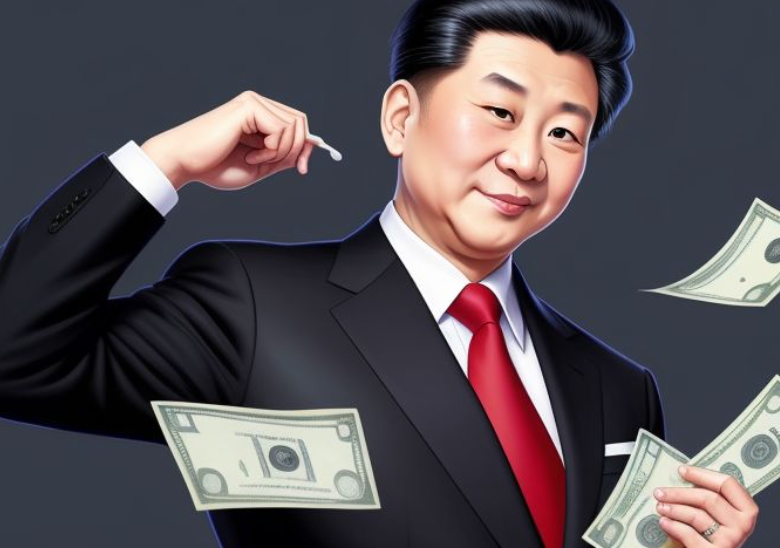$FXI $YINN $KWEB
#China #USATariffs #IndustrialProfits #EconomicGrowth #TradeWar #MarketImpact #DeflationaryPressures #GlobalEconomy #FinancialMarkets #InvestmentOpportunities
In a surprising turn of events, China’s major industrial firms have shown a remarkable resilience in the face of economic challenges, reporting a 3% increase in cumulative profits for April. This growth comes despite the looming cloud of prohibitive U.S. tariffs and ongoing deflationary pressures that have threatened to stymie the country’s industrial sector. The positive profit figures indicate a stronger-than-expected output from these companies, suggesting that China’s manufacturing base has found ways to navigate through the adversities imposed by the ongoing trade tensions with the United States.
The ascent in industrial profits is particularly noteworthy given the backdrop against which it occurred. Over the past year, China has grappled with increased tariffs on its exports to the United States, a move that was anticipated to severely impact its manufacturing and export-oriented industries. Additionally, the global economic environment has been characterized by persistent deflationary pressures, making the task of achieving profit growth even more daunting. However, the recent data suggests that Chinese firms are not only weathering these challenges but are also potentially emerging stronger, buoyed by internal measures to enhance efficiency and by diversifying their export destinations.
Analysts attribute this unexpected profit rise to several key factors. Firstly, the Chinese government has rolled out a series of policy measures aimed at supporting industrial growth, including tax cuts for businesses and increased spending on infrastructure projects. These policies have helped to cushion the blow from U.S. tariffs and stimulate domestic demand. Secondly, many Chinese industrial firms have accelerated their push towards high-value-added manufacturing and have expanded their markets beyond the United States, thereby reducing the dependence on any single export market. This strategic pivot appears to be paying off, as evidenced by the April profit figures.
The implications of China’s industrial profit growth extend far beyond its borders, sending ripples through the global economy and financial markets. For investors, this news could signal a more robust economic landscape in China than previously anticipated, potentially buoying Chinese stocks and those of global companies with significant exposure to China. Additionally, the resilience of Chinese industrial firms amid trade tensions underscores the complexity of the global trade environment and the need for investors to closely monitor geopolitical developments. As the world’s second-largest economy continues to defy expectations, it reaffirms the interconnected nature of global economies and the unpredictable impact of political decisions on financial markets.











Comments are closed.